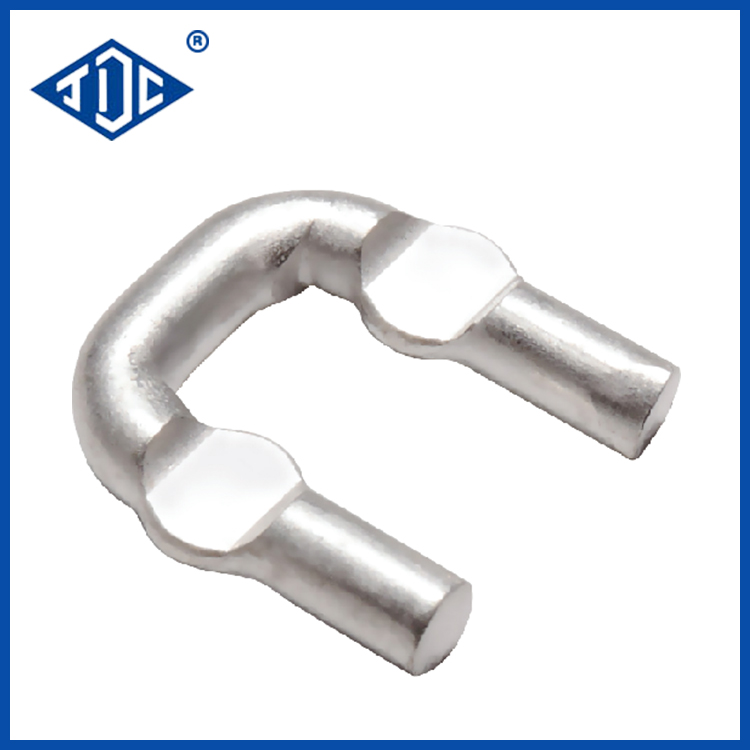Features and applications of shunt resistors
2023-11-09
Shunt resistors, also known as current shunt resistors or shunt resistors for current measurement, are specialized types of resistors used to measure or monitor electrical current in a circuit. They are designed to be connected in parallel (in "shunt") with the load whose current is to be measured. Shunt resistors allow a portion of the current to pass through them, and the voltage drop across the shunt resistor is proportional to the current flowing through it. This voltage drop can be measured and used to calculate the current in the circuit using Ohm's law (V = I × R). Here are the key features and applications of shunt resistors:
Key Features:
1. Low Resistance Value: Shunt resistors typically have very low resistance values, often in milliohms or microohms. This low resistance minimizes the voltage drop across the resistor and reduces power dissipation, making them ideal for high-current applications.
2. High Precision: Shunt resistors are precision components, and their resistance values are accurately determined during manufacturing. They often have low tolerance levels, ensuring accurate current measurement.
3. Low Inductance: To maintain accuracy and minimize unwanted electrical effects, shunt resistors are designed with low inductance.
4. Low Temperature Coefficient: Shunt resistors have a low temperature coefficient, meaning their resistance value remains relatively stable across a range of temperatures.
Applications:
1. Current Measurement: Shunt resistors are primarily used for measuring electrical current in various applications, including power distribution, battery monitoring, and motor control. They are widely employed in ammeters and current-sensing circuits.
2. Overcurrent Protection: Shunt resistors are used in overcurrent protection circuits to monitor current levels and trigger protective measures if current exceeds safe limits. This is common in power supplies and electronic circuits.
3. Battery Management: Shunt resistors are used in battery management systems (BMS) to monitor charge and discharge currents in batteries, ensuring safe and efficient operation.
4. Motor Control: In motor control circuits, shunt resistors are employed to measure the current drawn by electric motors and provide feedback for controlling motor speed and torque.
5. Electric Vehicles (EVs) and Hybrid Electric Vehicles (HEVs): Shunt resistors are used in EVs and HEVs to monitor and manage the high-current traction systems, ensuring safety and performance.
6. Power Electronics: Shunt resistors are essential in power electronics applications, such as inverters and converters, to measure and control current levels in AC and DC circuits.
7. Energy Monitoring: Shunt resistors are used in energy monitoring systems to track and analyze energy consumption in industrial and residential settings.
8. Electronics Testing and Development: Shunt resistors are used in electronic testing and development to measure and analyze current in various circuits and components.
Shunt resistors are critical components in current measurement and control applications, providing accurate and reliable feedback on current levels. When selecting a shunt resistor for a specific application, it's important to consider factors such as the desired current range, the shunt resistor's resistance value, power rating, and tolerance level, as well as the measurement circuitry and instrumentation used for accurate current monitoring.



